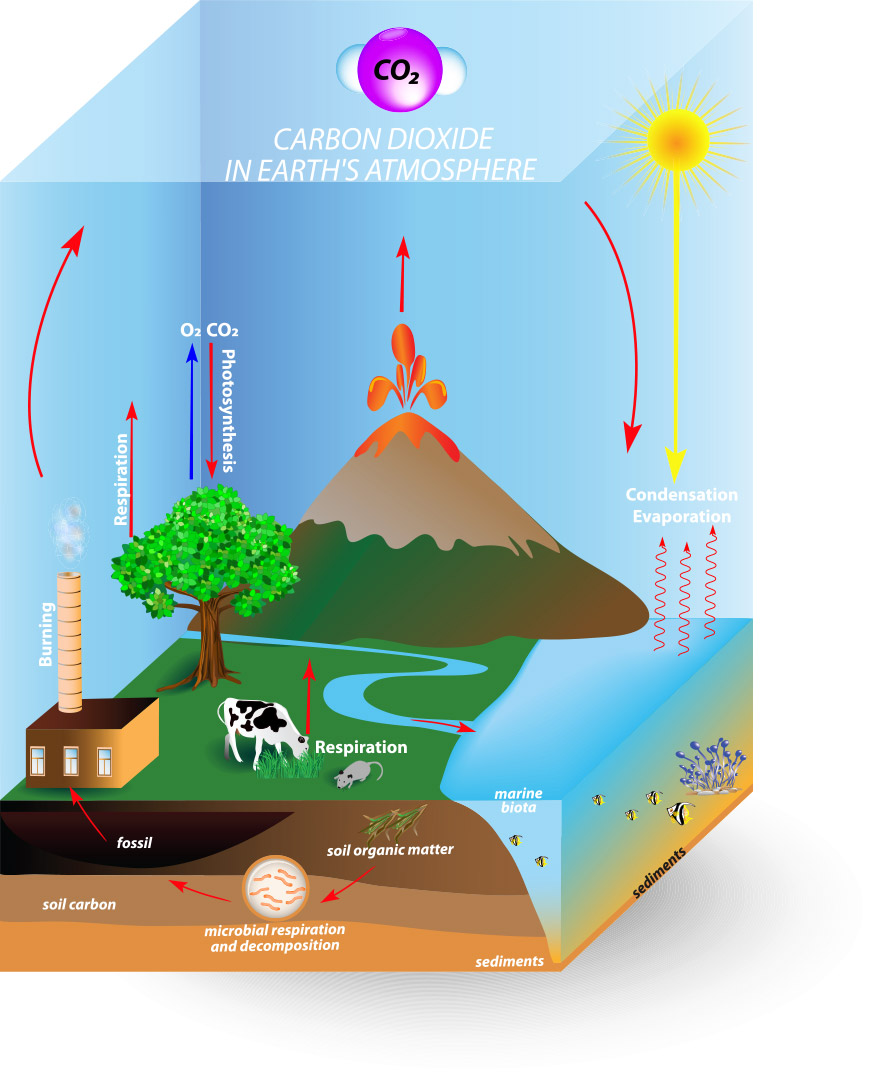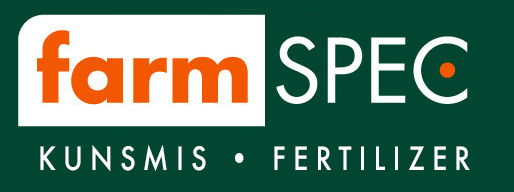farmSPEC
farmSPEC remains in the forefront of product development in the plant nutrition and soil fertility business with its range of highly sought after coating and beneficiated raw material products. Supplying Manufactures and Blenders globally has catapulted farmSPEC as a leader in natural raw material additives and coatings capable of converting some of the large commodities such as Urea and MAP into far more efficient versions, thereby saving costs and getting far better results for its clients.

Focusing on efficient fertilizers that make a difference: Without the proper functioning of the carbon cycle, every aspect of life would be changed dramatically.
It’s been established that the higher the nitrogen rate applied to soil the more severe the decline of residue carbons in the soil. It is widely accepted that the carbon content of soil is a major factor in its overall health and that of the crops grown on it.
Pelleting Performance Enhancers (PPE)

DESCRIPTION
CARBONBLACK has a proprietary organic complex that contains a unique ratio of oxidative functional groups and cofactors of biological metabolism. These include humic acid, fulvic acid, ulmic acid, amino acid, melanins, peptides, polysaccharides, vitamins and minerals. Stabilising and binding technologies are also employed to ensure coating integrity and reaction timing.
Whilst the chemical, physical and biological properties of the enhancing coating cannot be measured in isolation it should be viewed as containing an extremely high energy formulation that bonds with the source of Nitrogen to form an organic-nitrogen complex. Independent research has shown that “free radicals” contained in the coating assists in improving efficiency (via hydrogen bonding) and forming a more stable complex than the original materials.
Soil carbon levels can be increased by adopting forms of carbon farming, including time-controlled grazing management, pasture cropping or by adding an organic carbon resource such as CARBONBLACK
BENEFITS OF USING CARBONBLACK
- 50-60% of African agricultural land is carbon deficient.
- Carbon is one of the main ‘limiting factors’ in crop production deficiency.
- Nitrogen fertiliser has been shown to require minimum levels of carbons in the soil to be effective.
- CARBONBLACK is manufactured as a uniquecoating agent (carbo-coat) which is shown to boost the microbial activity associated with nitrogen mobilisation.
- The coating agent (carbo-coat) is an organic product derived from renewable sources.
TYPICAL PRODUCT SPECIFICATIONS
(depending on source of nitrogen) Urea example:
H: 9.1 (10% solution)
Bulk Density: 700 – 800 kg/m3
Specific Gravity: 1.33
Granules: Dark Brown – 94% @ 2 – 4mm
Solubility (H20): 1050g/l @ 20°C
Biuret: <1.5%
Melting Point: 133°C
N 453 g/kg, K1.9 g/kg, Cu 1.9 g/kg, C 0.15 g/kg
APPLICATION GUIDE
CARBONBLACK is specifically targeted to improve profits on low fertility soils. Application in concert with sustainable farming practices such as incorporation, split application and irrigation management will produce best results. CARBONBLACK is suitable for pre-sowing, top/side dressing and application in solution with water and all other means typical to granular and soluble fertilizers.
Efficient N usage during the growing season and the use of CARBONBLACK can minimise any losses through volitization and leeching. The ultimate goal of N management is to maximise N efficiency by increasing crop uptake and minimising N losses to the environment. Crop N needs can be met through existing N sources combined with CARBONBLACK
WHY CARBON BLACK?
BPA’s (Best Management Practices) in nitrogen are few and far between, urease inhibitors, nitrification inhibitors and impervious coatings have been utilised with some success but remain economically elusive for many farmers and have little added value outside of “slow-release”. Successful nitrogen management using CARBONBLACK delivers enough nitrogen to the crop to optimise yield and profitability while minimising losses to water and air.
CARBONBLACK has been developed with the help of farmers to employ a combination of chemical, biological and physical approaches to obtain greater value for money by improving nitrogen utilisation efficiency. This desirable effect further provides “down stream” value to growers and the wider community by reducing the environmental impact of plant nutrition.
